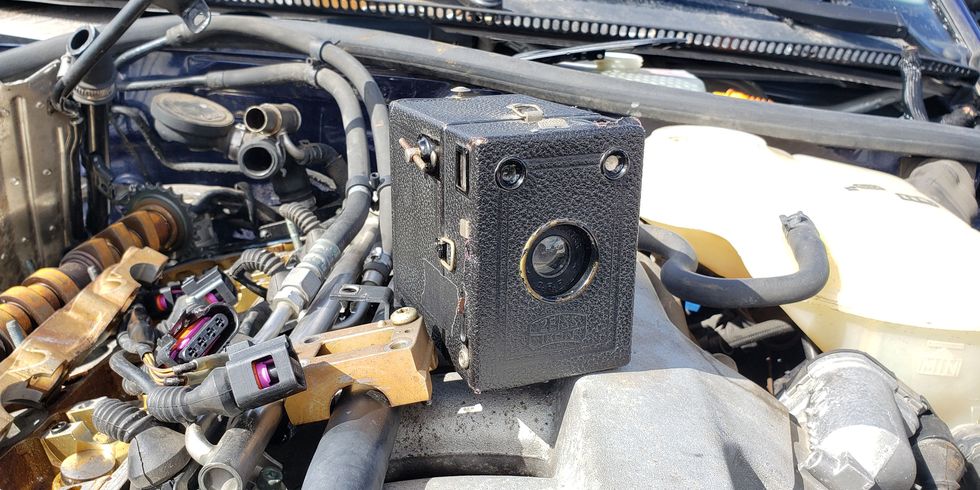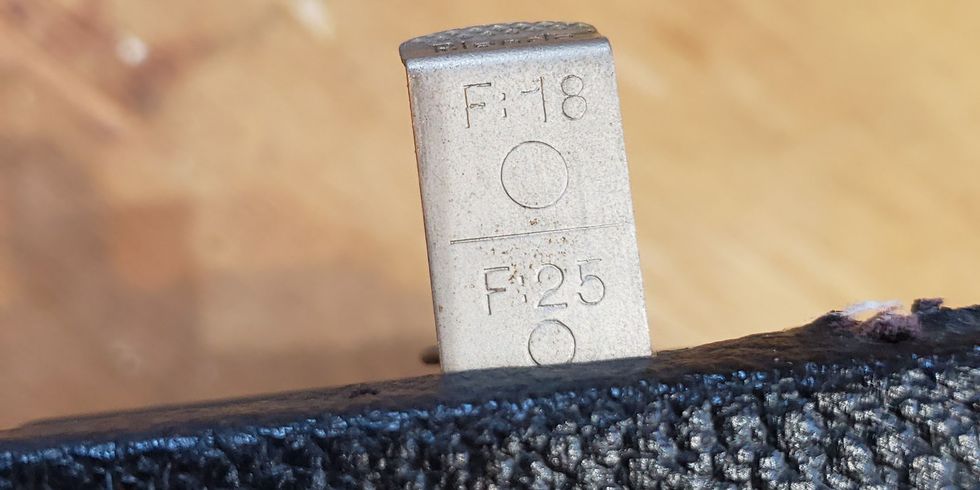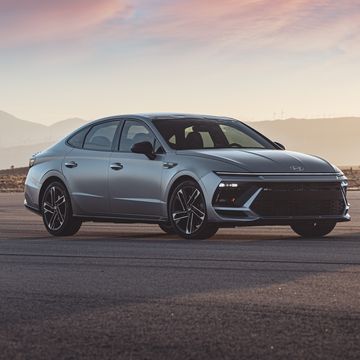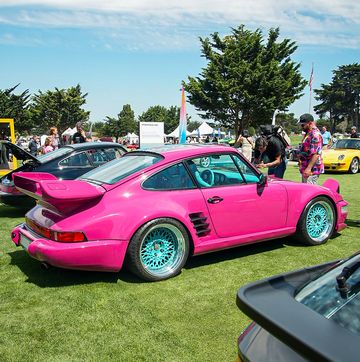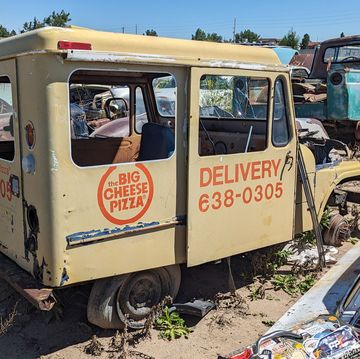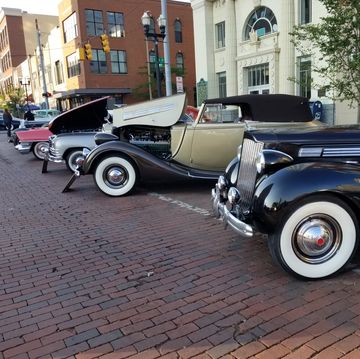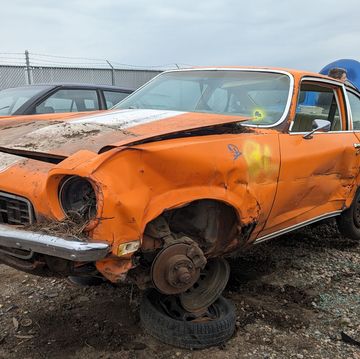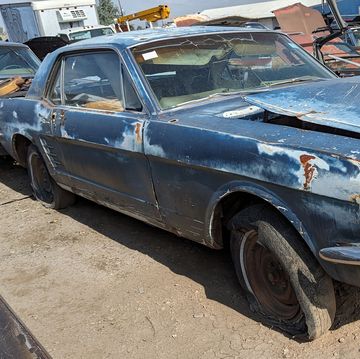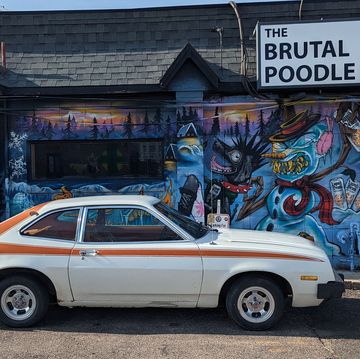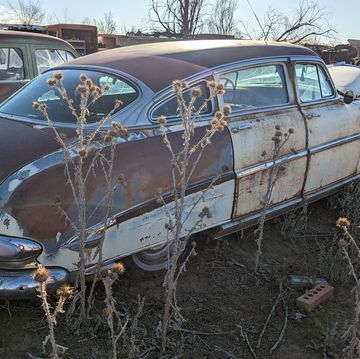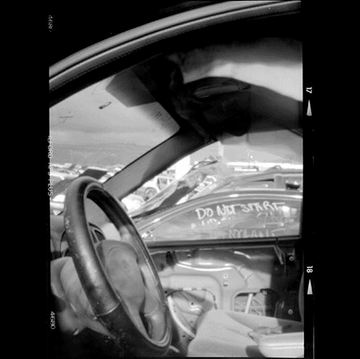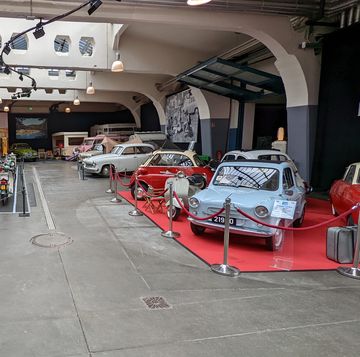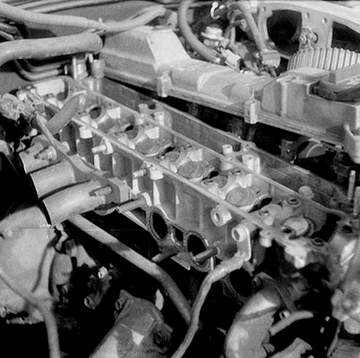I love old film cameras for the same reason I love old cars, and so it goes without saying that the first place I'll take a newly acquired camera— be it from the 1890s or the 1960s— is the junkyard. I've documented discarded Italian cars with an old Italian camera, junked British cars with an old British camera and doomed Japanese cars with an old Japanese camera (not to mention a Raymond Loewy-designed camera with a Raymond Loewy-designed junkyard car), so when I picked up one of Dresden's finest 1930s box cameras I knew what to do.
The humble box camera was the most popular photographic tool for the masses from the 1880s through the 1950s, with the incredibly cheap Kodak Brownie in the same role as the Model T Ford in popularizing a new technology. These simple cameras were built all over the world, and German companies built some of the better (if more complex) examples. The Zeiss Ikon corporation (like Audi, a merger of four previously independent companies) formed in 1926 and immediately began selling the Box-Tengor camera. Production of various Box-Tengor models continued all the way until 1956; mine is a very common Type 54/2 and has the D.R.P. (Deutsches Reich Patent) logo that indicates prewar production.
Build quality and materials are much higher in this camera than what you'll find in most American box cameras of the era, but I'm sure this camera cost several times as much as, say, a Conley Kewpie or Ansco Dollar Camera.
I brought the Box-Tengor to two different Denver-area car graveyards and used it to photograph used-up German machinery. One roll of 120 film was Kodak T-Max 100 and the other Ilford HP5 Plus.

